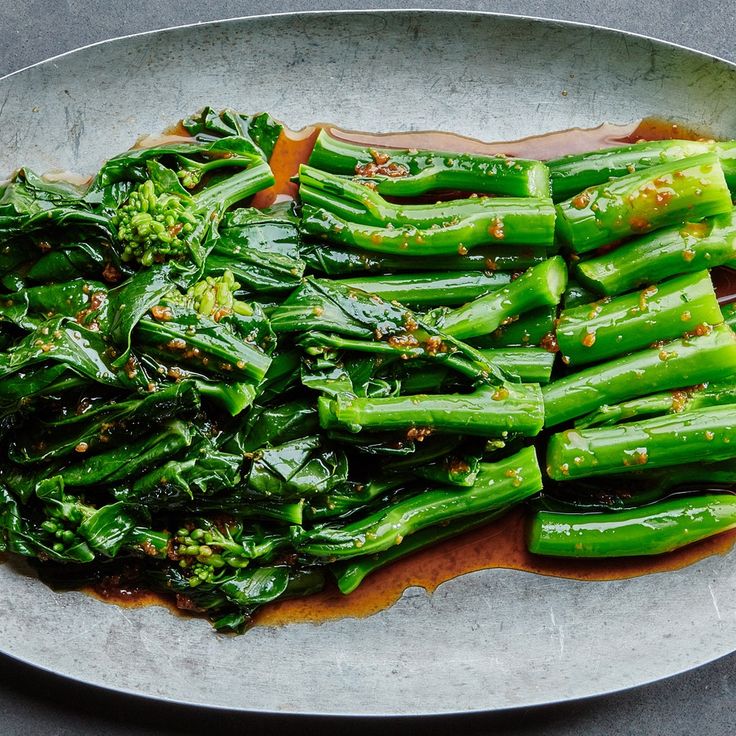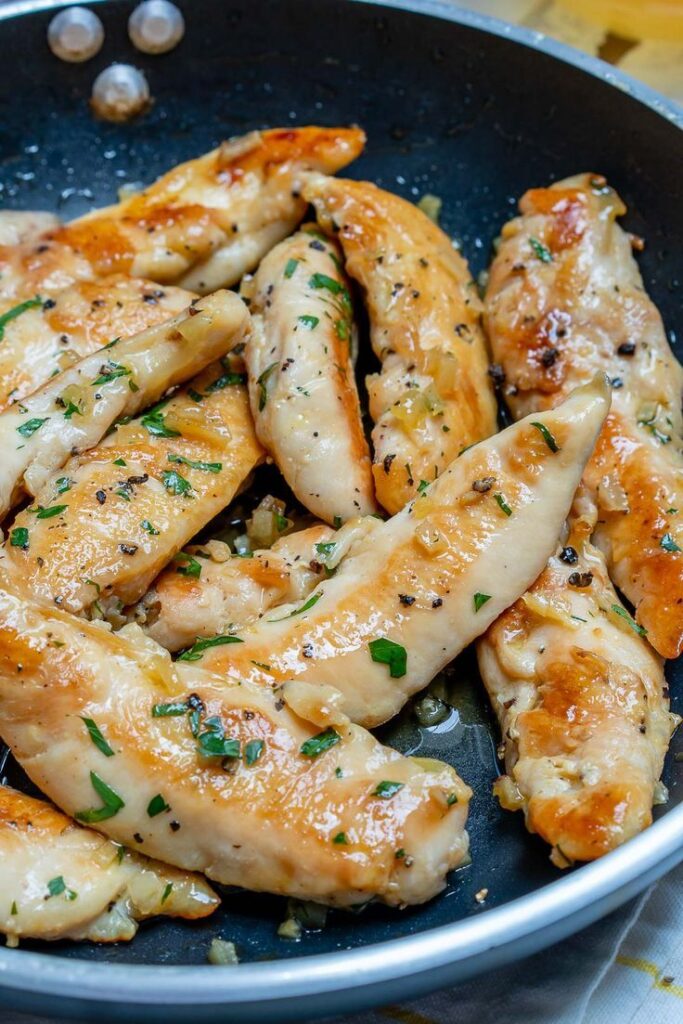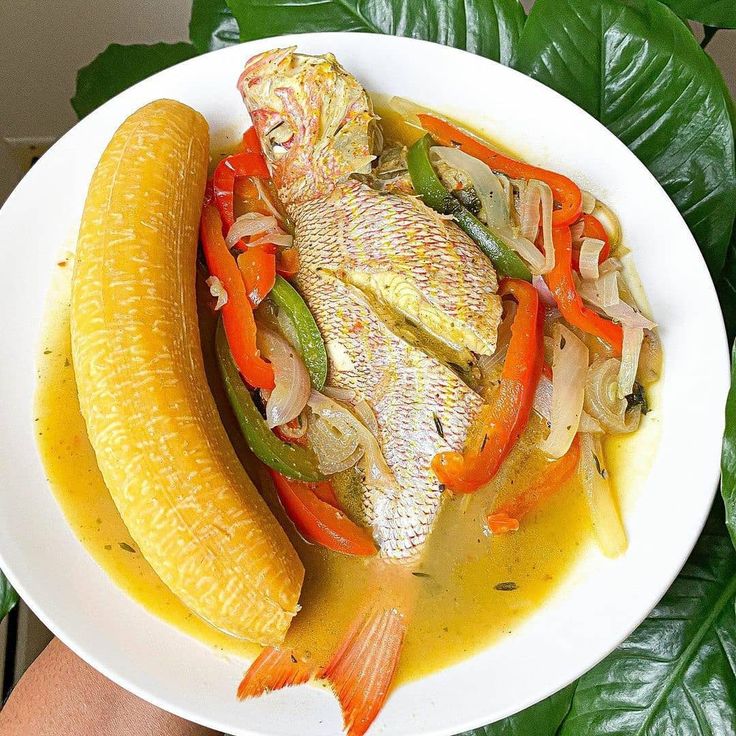Unveiling the Culinary Narratives: Why Recipes Are More Than Just Ingredients and Instructions

Overview of Why do people write so much for a recipe?
In Why do people write so much for a recipe we will discuss how online recipes frequently come with long introductions and tales that many find themselves quickly passing over in the busy world of the internet where time is a valuable resource. Their eyes search excitedly for the classic ingredient list and the detailed instructions longing to turn words into culinary marvels. However there’s a rich tapestry of reasons why recipe authors decide to include stories in their cooking masterpieces even in between these ostensibly superfluous prologues.
1. SEO or search engine optimization – Attracting the Digital Foodies
Search engine optimization or SEO is a critical component in the competitive online content industry since it makes sure that those looking for recipes can find them. Websites are ranked by search engines like Google using algorithms that take into account a number of variables including the volume and caliber of information. Rich text recipes that are longer typically rank higher and attract the attention of potential viewers.
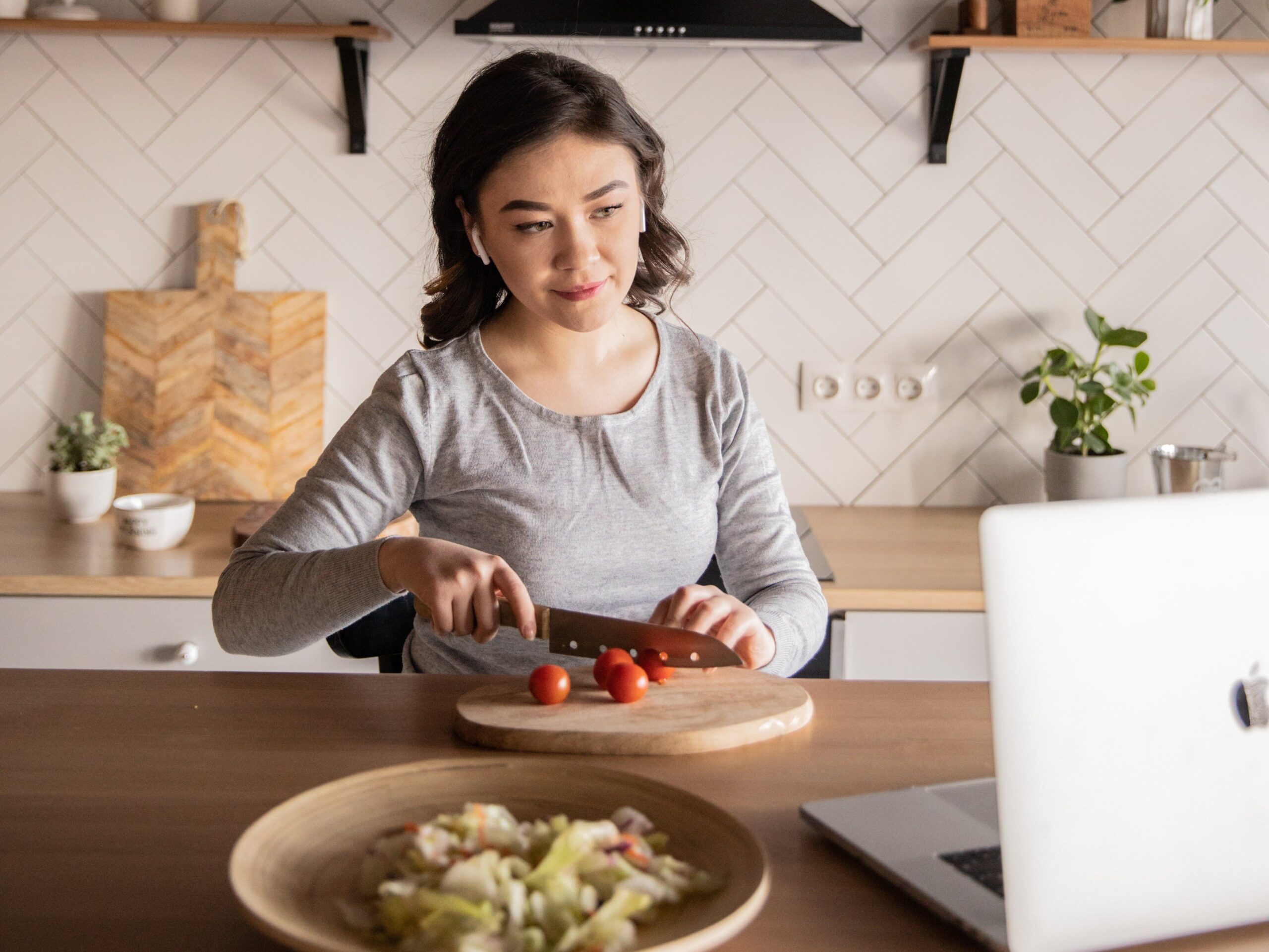
One crucial reason lies in the realm of search engine optimization (SEO). In Why do people write so much for a recipe? we aren’t going to learn about SEO but highlighting the core reasons of this article is the only goal of this article.
However, in the competitive online content industry SEO ensures that those seeking culinary inspiration can readily find the recipes they crave. Search engines like Google employ algorithms that consider various factors including the volume and quality of information to rank websites. Rich text recipes often with lengthier introductions tend to rank higher attracting the attention of potential viewers. This increased visibility allows recipe authors to share their culinary expertise with a wider audience fostering a vibrant community of food enthusiasts.
Moreover, these introductions often provide valuable insights into the historical context, cultural significance and personal memories associated with the dish. This contextual information can enhance the culinary experience by deepening our understanding of the dish’s origins, traditions and the passion behind its creation. By appreciating the stories woven into recipes we can approach cooking with a newfound appreciation allowing us to create dishes that are not only flavorful but also imbued with cultural richness and personal resonance.
Therefore while the lengthy introductions may seem like mere distractions in the fast paced digital world they serve a significant purpose. They not only enhance the discoverability of recipes but also enrich our culinary journey enabling us to appreciate the dish’s deeper meaning and create meals infused with cultural significance and personal expression.
2. Establishing Trust: The Culinary Credential
Giving away recipes is a sign of culinary kindness and demonstrates one’s skill and love for the culinary arts. Recipe writers engage with their readers by carefully incorporating personal tales and observations which positions them as reliable providers of culinary expertise. This trusting relationship is crucial for boosting readers confidence and motivating them to start their culinary journeys.
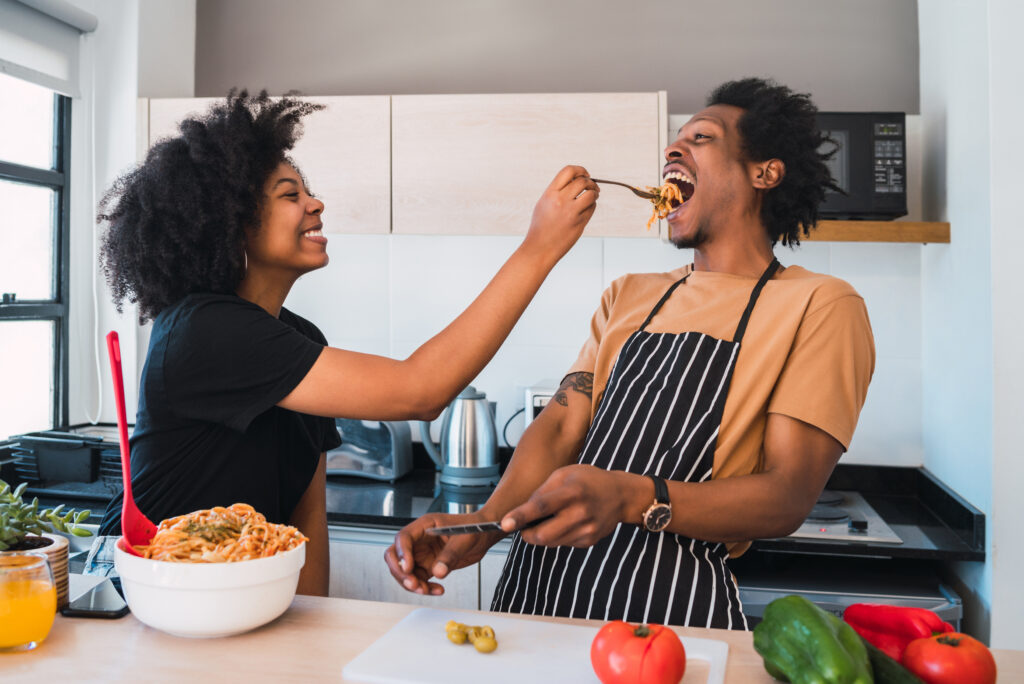
The inclusion of personal stories within recipes goes beyond mere entertainment it imbues dishes with a deeper significance transforming them from mere meals into expressions of cultural heritage and personal narratives. By sharing their culinary experiences, recipe writers invite their readers into their kitchens, offering a glimpse into their culinary traditions, family recipes and the emotions that inspire their creations.
This intimate exchange of culinary insights fosters a sense of community among food enthusiasts creating a shared space where individuals from diverse backgrounds can connect through their appreciation for the art of cooking. Recipe writers serve as guides and mentors, encouraging readers to explore new cuisines, experiment with unfamiliar flavors and embrace the joy of creating culinary masterpieces in their own kitchens.
3. Offering Inspiration and Context
Recipes are stories waiting to be told, tales of cultural customs, culinary heritage and cherished memories. They are much more than just a list of ingredients and directions. Recipe writers give their recipes depth and richness by adding backstory and context turning them from simple instructions into engrossing stories.

Recipe writers become storytellers weaving their personal anecdotes and insights into the fabric of their recipes inviting us into their culinary journeys. They guide us through the process of creating dishes that not only satisfy our palates but also connect us to the rich tapestry of culinary traditions and the heartwarming stories that breathe life into them.
As we immerse ourselves in these culinary narratives we gain a deeper appreciation for the art of cooking recognizing it not just as a means of sustenance but also as a form of storytelling a way to connect with our heritage, share our passions and create lasting memories through the power of food.
4. Taking Various Learning Styles Into Consideration
Just as palates vary in their preferences so do learning styles when it comes to culinary instruction. While some individuals thrive on visual cues and concise explanations others prefer the reassurance of detailed instructions and comprehensive background information. To cater to this diversity of learning preferences recipe writers can adopt a multifaceted approach providing a range of content formats that enhance the accessibility of their recipes.

For those who gravitate towards visual learning incorporating high quality images and videos can prove invaluable. Step by step visuals can effectively illustrate complex techniques while captivating food photography can inspire and entice making the recipe more engaging. Additionally, providing clear and concise written instructions alongside the visuals ensures that no detail is overlooked catering to those who prefer a more structured approach to learning.
For those who seek a deeper understanding of the culinary process offering detailed explanations and historical context can enrich the learning experience. Delving into the origins of the dish the cultural significance of specific ingredients and the scientific principles behind cooking techniques can provide a broader perspective transforming the recipe from a mere set of instructions into an educational journey.
By embracing a variety of content formats recipe writers can effectively cater to a wider audience ensuring that their culinary expertise is accessible to individuals with diverse learning styles. This inclusive approach not only enhances the overall user experience but also promotes a deeper appreciation for the art of cooking and the cultural traditions that underpin it.
5. Improving the Experience for Users
Recipes transcend the confines of our kitchens inviting us on a culinary journey through diverse cultures and traditions. Lengthier recipe introductions can set the stage by providing historical context insights into culinary techniques and a glimpse into the rich tapestry of cultural influences that shaped the dish. This contextual information transforms cooking from a mere task into an immersive experience, making it more enjoyable, engaging and meaningful.
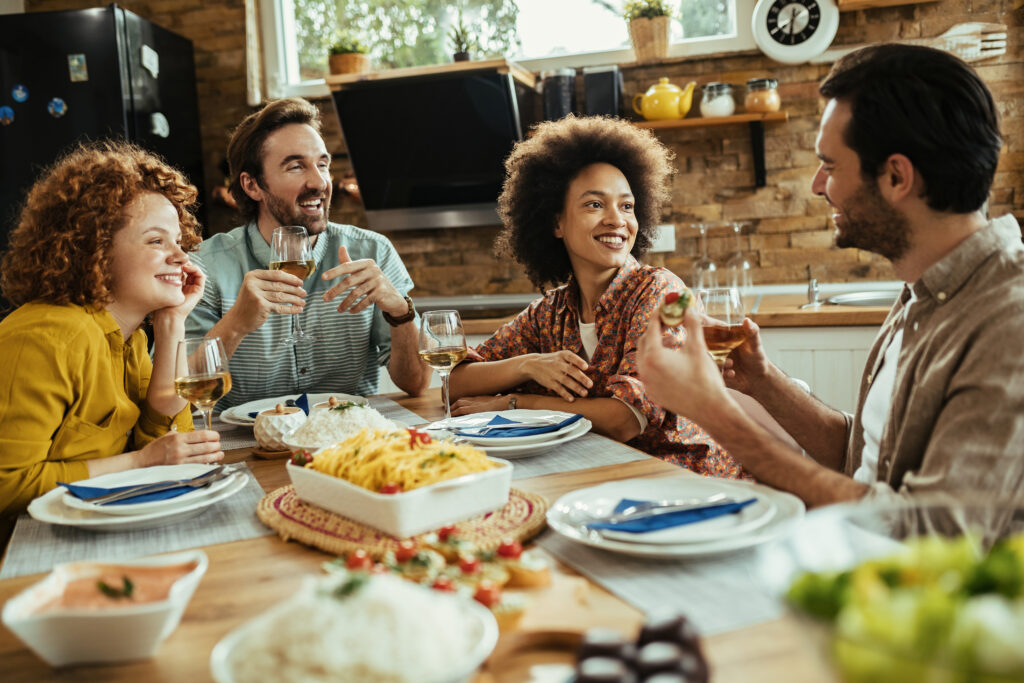
By delving into the origins of the dish the symbolism behind certain ingredients and the cultural significance of cooking methods recipe writers enrich our understanding of the culinary landscape. They weave stories that transport us to far flung corners of the world introducing us to the culinary heritage and traditions that have been passed down through generations.
These culinary narratives become a bridge between cultures fostering a sense of appreciation for the diversity of culinary practices and the shared human experience of food. They remind us that cooking is not just about satisfying our hunger, its about connecting with our heritage, sharing our passions and creating memories that linger long after the last bite.
As we immerse ourselves in these culinary tales, we gain a deeper appreciation for the art of cooking, recognizing it as a form of storytelling, a way to connect with our past, celebrate our cultural diversity and create lasting memories through the power of food.
6. Taking Care of the Skimmers – Respecting Time and Convenience
In today’s fast paced world time is a precious commodity and not everyone has the luxury of leisurely reading through lengthy recipe introductions. Recognizing this many recipe authors have adopted a more user friendly approach by incorporating “Jump to Recipe” buttons and highlighting key passages with bold or italicized text. This thoughtful strategy preserves the richness of the recipe’s narrative while ensuring that time constrained individuals can quickly access the essential information.

By catering to the diverse needs of their audience recipe writers demonstrate their understanding that cooking should be an enjoyable and accessible experience not a daunting task. The inclusion of these user centric features not only enhances the overall user experience but also promotes a more inclusive approach to culinary exploration.
Moreover this user friendly design encourages individuals to delve into the recipe’s story at their own pace allowing them to appreciate the cultural context and personal anecdotes that enrich the recipe’s meaning. By striking a balance between providing informative content and respecting the reader’s time constraints recipe writers can foster a deeper appreciation for the art of cooking and the cultural traditions that underpin it.
7. The Value of Equilibrium – Informing without Overwhelming
Crafting a great recipe requires striking a delicate balance between providing helpful details and maintaining simplicity. While lengthy introductions can be engaging and informative its crucial not to lose sight of the primary goal, delivering clear and concise instructions that guide readers towards creating a delicious dish.
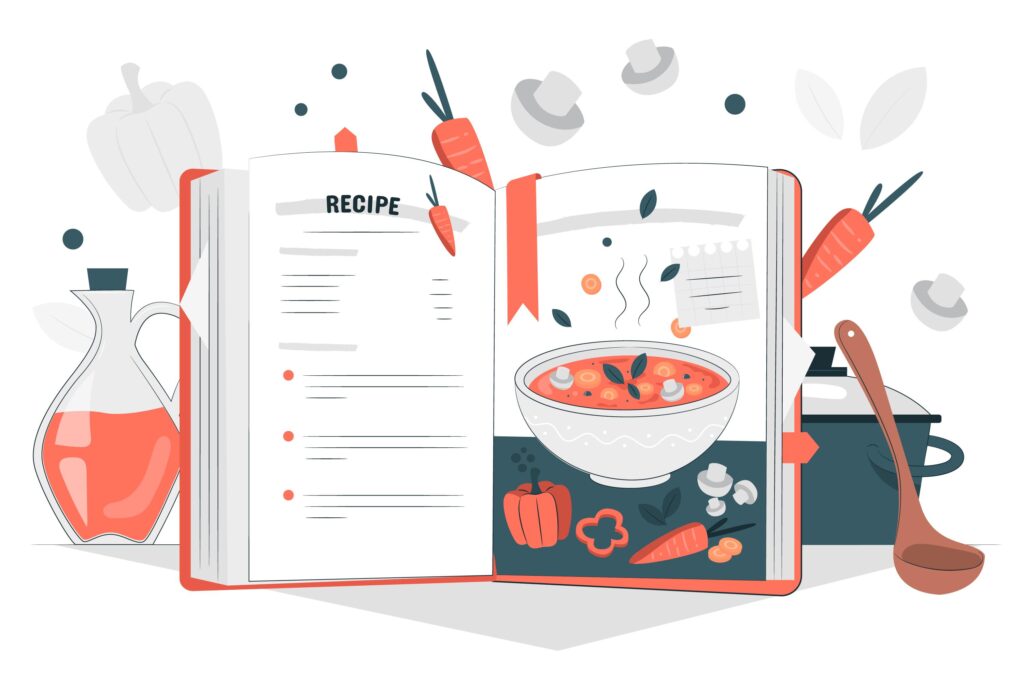
Recipe writers should strive to find the sweet spot between informative storytelling and practical guidance. While sharing personal anecdotes and historical context can enhance the culinary experience its essential to avoid overwhelming readers with excessive details. The key lies in curating the information to provide a rich and meaningful context without sacrificing the clarity of the instructions.
Ultimately the goal is to empower readers to confidently navigate the culinary process transforming them from passive observers to active participants in the art of cooking. By striking this balance recipe writers can not only share their culinary expertise but also inspire a passion for cooking in others.
Summary of Why do people write so much for a recipe?
Why do people write so much for a recipe? highlight that the craft of recipe writing which combines culinary knowledge with narrative beauty is a monument to the timeless power of storytelling. Authors who incorporate stories into their recipes not only give helpful directions but also take readers on a journey of personal growth, culinary inspiration and cultural exploration. These stories turn recipes into permanent legacies that are passed down through the years encouraging a common admiration for culinary art.
The article “Why do people write so much for a recipe?” delves into the intricate world of recipe writing exploring the reasons why recipe authors go beyond mere ingredient lists and instructions to weave captivating narratives into their culinary creations. It highlights the multifaceted role of recipes not just as guides for preparing dishes but also as repositories of cultural heritage, personal anecdotes and culinary inspiration. The article emphasizes the importance of striking a balance between providing essential information and respecting the reader’s time ensuring that recipe introductions enhance the culinary experience without overwhelming the audience.
YOU MAY ALSO LIKE THESE – THESE TOPICS ARE RELATED TO THE CURRENT TOPIC WHICH IS “WHY DO PEOPLE WRITE SO MUCH FOR A RECIPE?”
- What is considered a recipe? – Main
- Why is it called a recipe?
- What are the 7 common recipe categories?
- Why are old recipes called receipts?
- Who made the first recipe?
If you still have any questions, feel free to mention us in the comments section or explore the FAQs section. OR You can also contact us on our Facebook Page
FAQs
Why do people write so much for a recipe?
In this article Why do people write so much for a recipe? we discussed that there are several reasons why recipe writers include lengthy introductions and anecdotes in their online recipes. These include:
1. SEO (Search Engine Optimization): Lengthier recipes with rich text tend to rank higher in search engine results making them more visible to potential viewers.
2. Building Trust and Credibility: Sharing personal anecdotes and insights can help recipe writers establish themselves as trusted sources of culinary knowledge and build rapport with their readers.
3. Providing Context and Inspiration: Recipes can be more than just a list of ingredients and instructions. They can also provide historical context, cultural significance and personal memories associated with the dish.
4. Catering to Different Learning Styles: Some people prefer to read detailed instructions and background information, while others prefer to follow along with visual cues. By providing a variety of content formats, recipe writers can cater to different learning styles.
5. Enhancing the User Experience: Lengthy recipe introductions can set the mood, provide historical context and offer insights into the culinary techniques involved making the cooking process more enjoyable and engaging.
How do recipe writers balance providing enough information with respecting the reader’s time?
The purpose of this article Why do people write so much for a recipe? is to differentiate the pov of another side of recipe writers, writing successful recipe is to strike a balance between providing enough information and respecting the reader’s time is the essential goal for any recipe writer. Recipe writers can achieve this balance by:
1. Using clear and concise language: Avoid using overly technical jargon or unnecessary details.
2. Breaking down instructions into manageable steps: Divide complex recipes into smaller, more manageable steps to make them easier to follow.
3. Providing visual aids: Include images or videos to illustrate key steps or techniques.
4. Offering a jump to recipe button: Allow time pressed individuals to quickly access the essential information without sacrificing the richness of the recipe’s narrative.
Which type of learning styles covered in this article Why do people write so much for a recipe?
In Why do people write so much for a recipe? illustrates recipe writers that they can cater to different learning styles by:
1. Providing detailed instructions for those who prefer a more structured approach: Include step by step directions with clear explanations and measurements.
2. Using visual cues for those who prefer visual aids: Include images or videos to illustrate key steps or techniques.
3. Offering alternative explanations for complex techniques: Provide different ways of explaining complex techniques to cater to different learning styles.
How do recipe writers address the needs of skimmers who just want to get to the ingredients and instructions quickly?
As previously mentioned in Why do people write so much for a recipe? that the Recipe writers can address the needs of skimmers by:
1. Providing a jump-to-recipe button: Allow time pressed individuals to quickly access the essential information.
2. Highlighting key sections in bold or italics: Make it easy for skimmers to find the most important information.
3. Using clear and concise language: Avoid using overly technical jargon or unnecessary details.
4. Breaking down instructions into manageable steps: Divide complex recipes into smaller more manageable steps to make them easier to follow.
How do recipe writers maintain a balance between providing helpful details and not overwhelming the reader with too much information?
In Why do people write so much for a recipe? we discussed how recipe writers can maintain a balance between providing helpful details and not overwhelming the reader with too much information by:
1. Being selective about the information they include: Focus on providing the most essential information and avoid unnecessary details.
2. Using clear and concise language: Avoid using overly technical jargon or overly complex sentence structures.
3. Organizing information logically: Present information in a structured way that makes it easy for the reader to follow.
4. Using visual aids: Include images or videos to illustrate key steps or techniques.
How has the evolution of recipe writing impacted the culinary landscape?
The evolution of recipe writing has significantly impacted the culinary landscape. The purpose of Why do people write so much for a recipe? is to highlight the evolution from handwritten notes to online platforms the way recipes are shared has transformed making culinary knowledge more accessible and fostering a more connected culinary community. As technology advances recipe writing will continue to play a crucial role in shaping the future of food.


